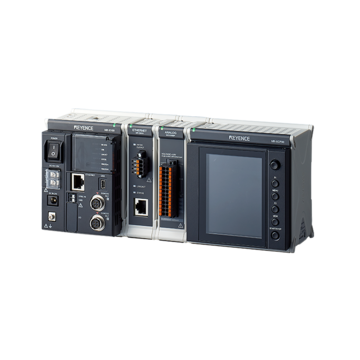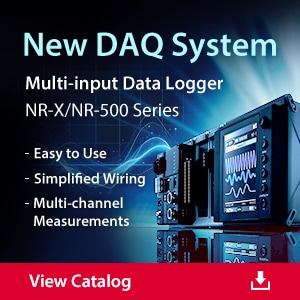Data Acquisition (DAQ)
Current Transducer vs. Current Transformer: What’s the Difference?
-
Tags:
- Current
Measuring electric currents is an essential aspect of electrical engineering. Special devices such as current transducers and current transformers are used to measure electric flow accurately. While both serve the same purpose, they differ in several ways and are suitable for separate applications.
Before we discuss the differences, let's start by understanding current transducers vs current transformers so you can make informed decisions when selecting the appropriate device for your specific needs.
What is a Current Transducer and How Does It Work?
A current transducer is a device that reduces (transduces) electric currents into a proportional electrical signal. In other words, it senses and converts an electrical flow into a more controllable size or a more proportional signal. You could call it a bridge between two currents, a high one and the one that goes into any electrical device.
DAQ systems can be used for a wide range of measurements, from simple measurements to multi-aspect, multi-channel measurements. A transducer in the form of a current clamp will help you convert large magnitude signals into something more manageable.
How Does It Work?
A current transformer is used to reduce or scale an alternating current (AC). It is a device that produces an electric current in its secondary form, which is also proportional to its primary current and is made up of four main components:
- The Sensitive Component: It is like a magnetic field detector that is placed around a conductor carrying the current. It is responsible for detecting the kind of electromagnetic field generated by the flowing current, similar to a hall effect sensor.
- The Conversion Component: It collects the signal and then transforms it into a reduced flow that can be easily processed. For instance, when the hall effect sensor generates a voltage signal, it passes through the conversion component by passing it through a resistor.
- The Conversion Circuit: It further processes the flow or signal from the conversion component, usually by amplifying it or filtering out the noise. Sometimes, it converts the analog signal into a digital one for easier transmission.
- The Power Circuit: It provides the necessary power supply for the transducer's operation; it includes a battery, an adapter, or a connection to an external source.
A current transformer works simply by making use of electromagnetic induction to amplify and measure the high alternating currents. It has a primary winding, a core, and a secondary winding, although some transformers use an air core.
We’re here to provide you with more details.
Reach out today!

Current Transformer vs. Transducer: Which is Right for Your Needs?
This will depend on the type and intended application. The differences between a current transformer and a transducer include:
- Principles: Current transformers measure current indirectly by inducing a voltage in a secondary winding based on the primary current that flows through a conductor.
Current transducers operate on a principle that measures the current flowing through a conductor directly using various methods such as magnetic field detection and Hall effect sensors, shunt resistors, Rogowski coils, and so forth. - Range: In terms of range measurement, current transformers are only built for high currents, such as power distribution or industries, where the primary electric current is primary and of considerable amplitude.
Current transducers, on the other hand, are like devices that are made custom and adjusted to fit either high or low currents. - Size or Form: As stated earlier, current transducers can be customized into whatever size or form that fits the contingent purpose or current to be measured. Current transformers, however, are generally categorized by being large or bulky. Since they deal only with currents of high magnitude, it seems to be a better fit if they are larger. That way, they conduct the current properly.
- Accuracy: Current transformers are known to be highly accurate when designated to a particular range. So, in cases that require a high level of accuracy and linearity, current transformers may be best used.
Alternatively, the accuracy of a current transducer depends on technology, size, and purpose. They can be altered or used over a wider range of focus. However, they often provide excellent accuracy and linearity over a wider range.
Key Applications for Current Transducers and Current Transformers
Current transducers and current transformers can be used in a variety of applications:
Current Transformers Applications
- Protects and monitors power lines, transformers, and other parts of an electrical grid
- Measures energy consumption
- Controls motors and other industrial equipment
- Monitors and controls the current that goes in and out for large electrical buildings and automation
- Monitors and controls the current flow in transmission lines in the energy sector
Current Transducer Applications
- Powers electronics, big and small, due to customization
- Used for power automation since they cover a wider range and have excellent linearity and accuracy
- Serves specific research purposes regardless of the field that needs it
- Sends electrical signals into machines such as an electrocardiogram (ECG)
KEYENCE offers different measurement devices, including the Data Logger NR-X or NR-500 Series. Ready to take your voltage measurements to the next level?
Check out the KEYENCE line of data loggers and data acquisition systems today.
Contact us to learn more about how our advanced technology can help take your business to the next level.
Contact Us



